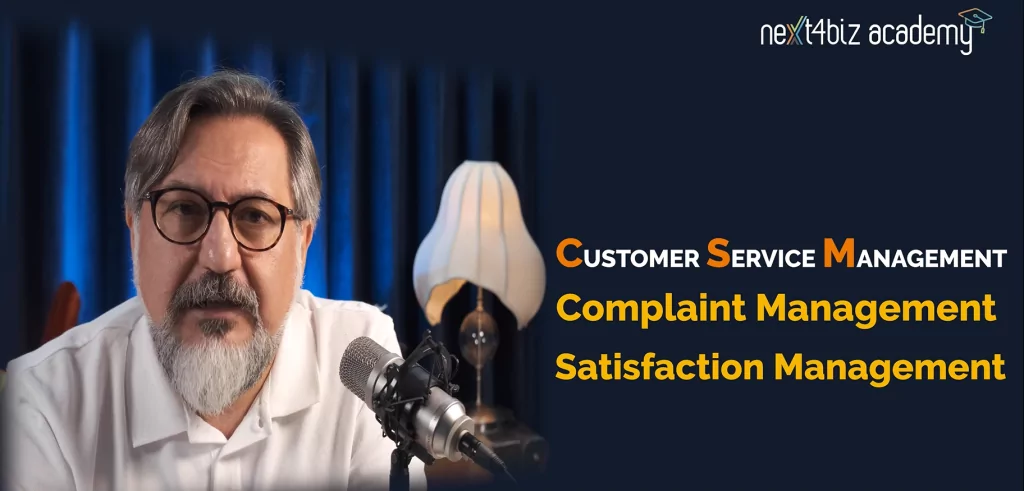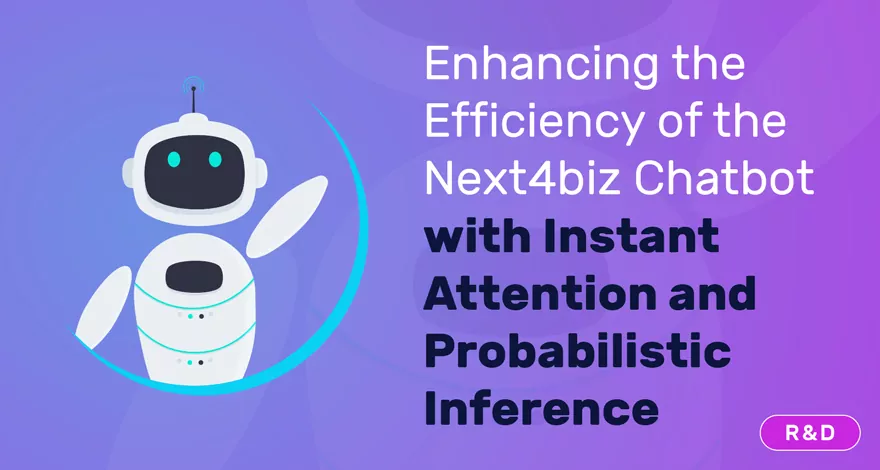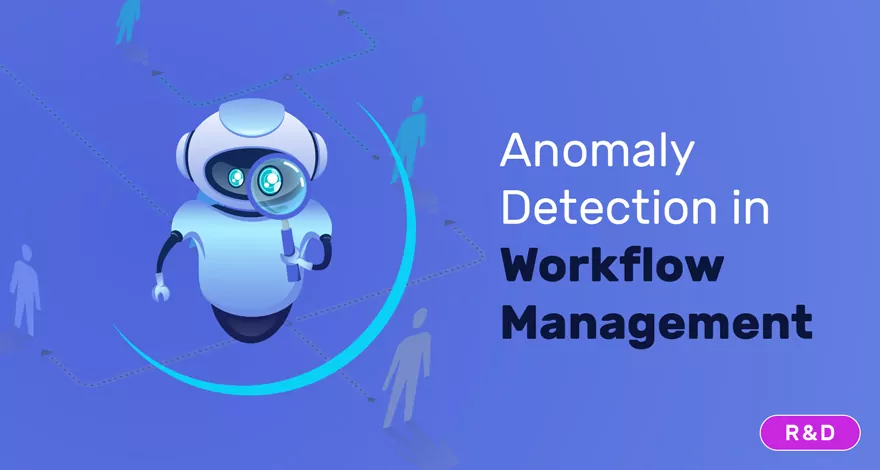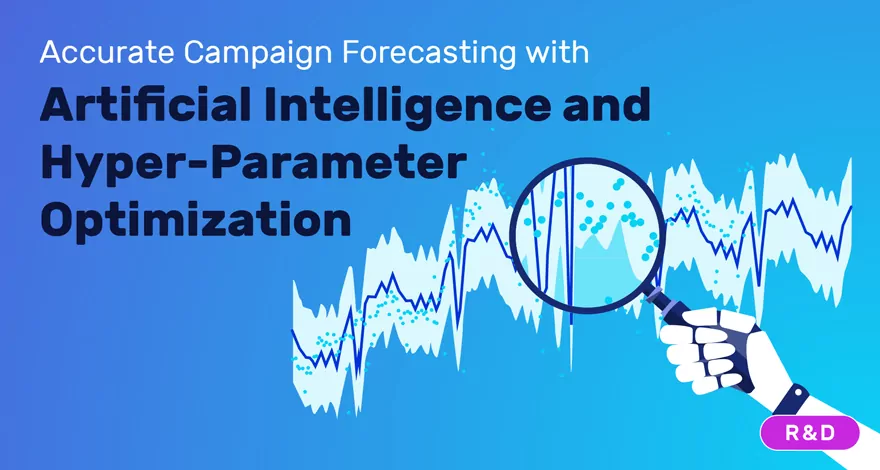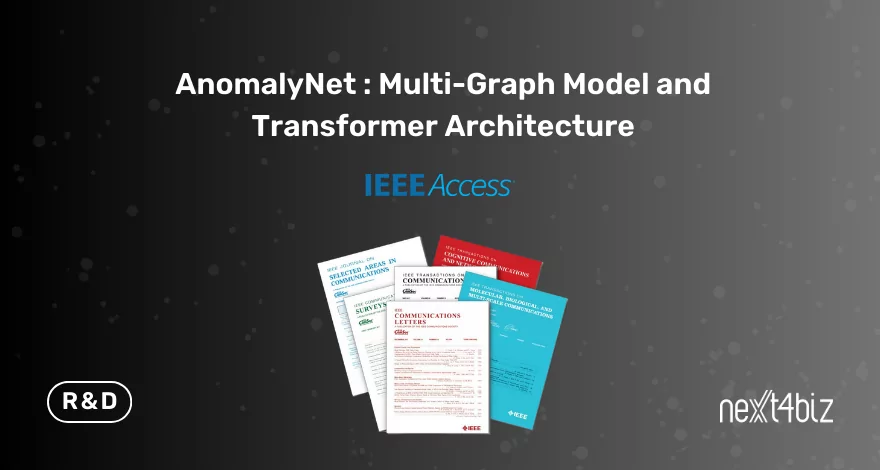Demo

Today, Business Process Management (BPM) software plays a crucial role in operational management by generating comprehensive chains of events that mirror real-life activities. These event chains measure a company’s efficiency, control, optimization, and implementation success within business processes.
Our work focuses on anomaly detection in business processes according to companies’ specific needs. With the insights obtained, companies can pinpoint inefficiencies, errors, and areas for improvement in their operations.
Our Artificial Intelligence Solution
Our research utilizes an unsupervised Graph Neural Network (GNN) model to detect anomalies within BPM systems. Named AnomalyNet, our AI model is a robust solution embedded in the Next4biz BPM platform, capable of detecting anomalies without human intervention.
Technical Methodology
AnomalyNet includes a Graph Neural Network-based Autoencoder. This architecture uses dynamic edge-conditioned convolution layers to learn both sequential connections and long-term relationships between the start and end stages in business processes, allowing effective anomaly detection. Our study has been tested on real business process data, achieving an F1 score of 0.82. This score reflects a balanced measure of precision and recall performance, capturing genuine anomalies while minimizing false positives.
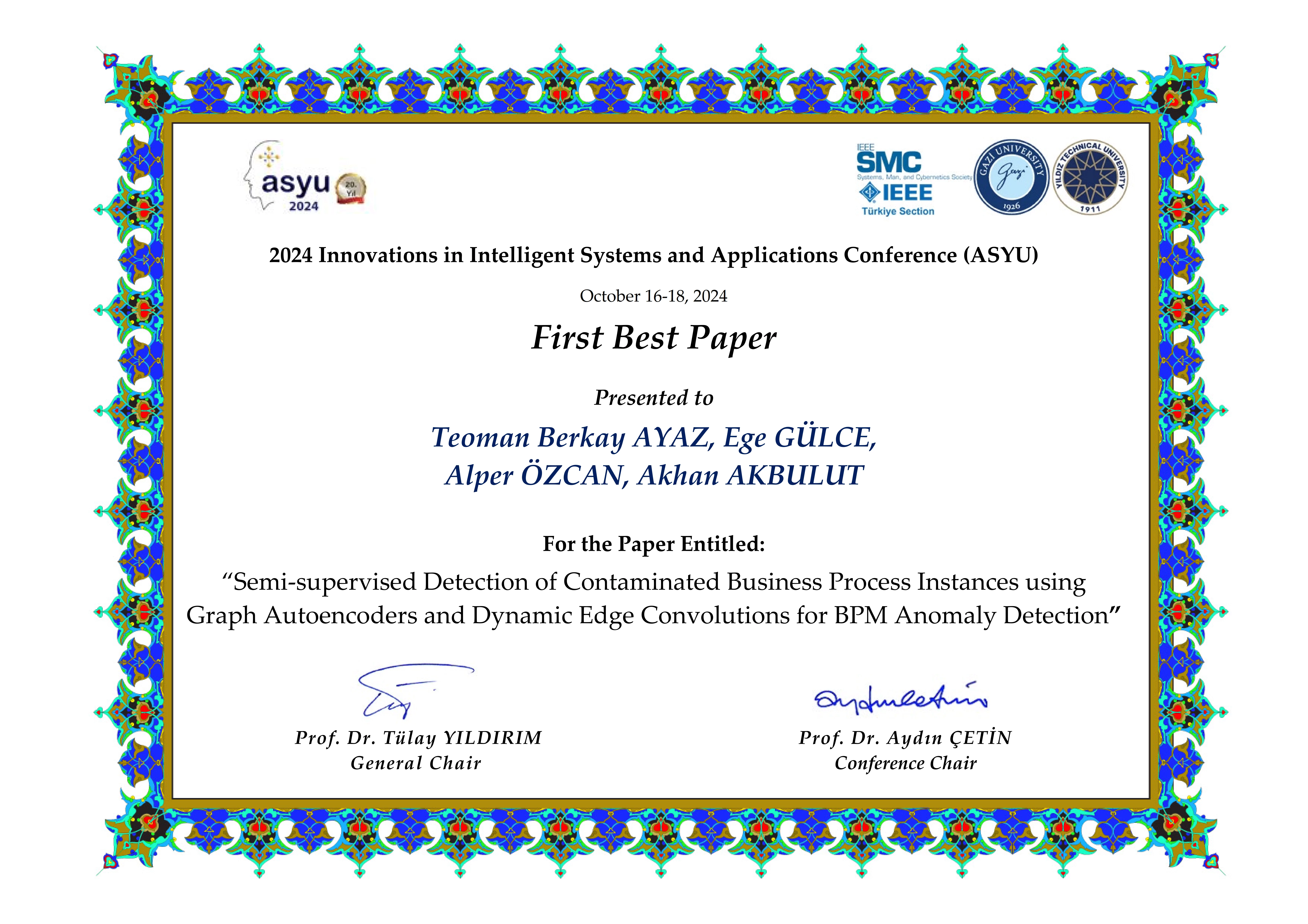
Why AnomalyNet?
- Automatically detects process deviations and inefficiencies, reducing operational costs and enhancing business process efficiency.
- Identifies potential irregularities and fraud cases at an early stage, minimizing corporate risk and ensuring process compliance.
- Detects delays and disruptions in business processes on time, improving customer satisfaction and boosting corporate performance.
- Minimizes unnecessary alerts with high accuracy, allowing company resources to focus on critical issues.
- Adaptable to different industries and processes, it operates effectively within growing corporate structures without requiring human intervention.
Read the Full Paper
- For those interested in further details, you can explore our full paper below.
